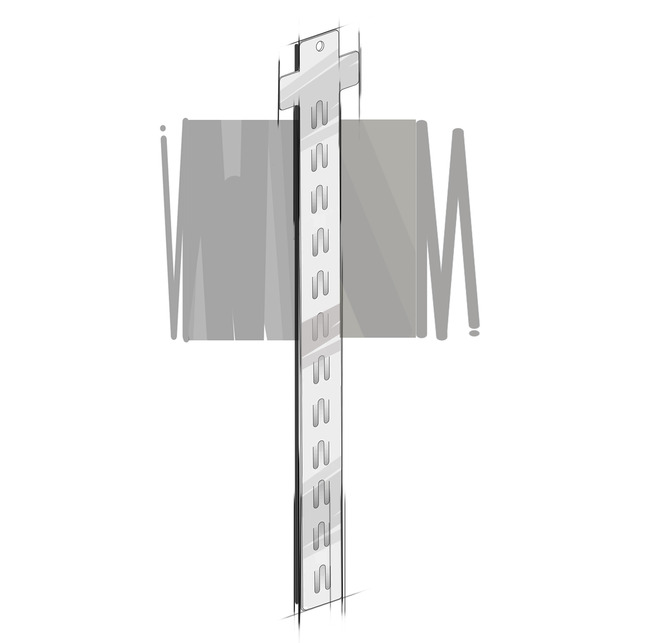Bio-compostable Polymer
The Eco Mindset
We no longer need to rely on plastics and harsh chemicals to create tough, durable and long-lasting products. Transitioning to sustainable materials is now easier than ever.
Our innovative bio-compostable polymer is made from recycled biopolymers and can be run on existing VAC form or injection moulded tools. The material features no harsh chemicals, toxins or microplastics and when recycled or disposed of will naturally biodegradable back into nature.

The bigger picture

Energy Efficient
Our bio-compostable polymer not only provides excellent yields when compared to conventional plastics (up to 95% vs 30-80%), it’s also generated via energy efficient processes (~100°C vs. 1000°C).

Reduced Carbon Footprint
Opting to use bio-compostable materials allows businesses to report significant savings in plastic usage and in turn, reduce their carbon footprint.

No Microplastics
Bio-compostable materials are naturally broken down by microbes without emitting methane or turning into microplastics. This makes it the perfect choice for manufacturing single-use products or items that may end up in landfill.

Accelerated Decomposition
Plastic waste can take anywhere from 20 – 500 years to decompose, constantly releasing harmful toxins, microplastics and nano plastics into our ecosystem. Our product is designed to be compostable.
A CONSCIOUS CHOICE
We take away the effort of businesses sourcing sustainable materials themselves and provide a choice of 2 variations of polymer to suit the desired product specifications. These include product strength, durability, heat resistance and flexibility which all vary dependent on the end use of the product you are looking to manufacture.
All material specifications can be viewed via the downloadable PDF below. If you have any questions or need advice on the best option to choose, please get in contact.

APPLICATIONS
INJECTION MOULDED TOOLS
This manufacturing process consists of injecting molten material into a mould where it cools and hardens, creating the end product.
Injection moulding is best suited to producing high volumes of identical products and the cost to create a brand-new tool will be greater.
VACUUM FORMING TOOLS
This manufacturing process consists of placing a heated sheet of material over a mould or cast. A vacuum is then applied, ejecting the material from the mould.
As the method uses low pressures, new moulds can be made from inexpensive materials, are typically quicker to produce and are suited to lower volumes of products.

INJECTION MOULDED TOOLS
This manufacturing process consists of injecting molten material into a mould where it cools and hardens, creating the end product.
Injection moulding is best suited to producing high volumes of identical products and the cost to create a brand-new tool will be greater.

VACUUM FORMING TOOLS
This manufacturing process consists of placing a heated sheet of material over a mould or cast. A vacuum is then applied, ejecting the material from the mould.
As the method uses low pressures, new moulds can be made from inexpensive materials, are typically quicker to produce and are suited to lower volumes of products.
make an enquiry
Bio-compostable Polymer FAQs
What if I don’t have an IM or VF tool?
What is the difference between injection moulding and vacuum forming?
Injection moulding works by injecting a melted thermoplastic material into a mould. The material then cools, and the plastic part is formed. In vacuum forming, heat is applied to the thermoplastic material until it becomes pliable. This material is then stretched across the mould. After the material cools, any excess plastic is trimmed away leaving the final product.
I have an image, render or drawing of a product I wish to produce.
What is the bio-compostable polymer made of?
I have a product that I want produced in this polymer, that is produced in an alternative way to IM or VF?
We have many other capabilities of production. Apart from blow moulding, which we currently can’t offer at this moment in time. We are in the position to cater for most applications. To discuss further, please visit our contact us page
